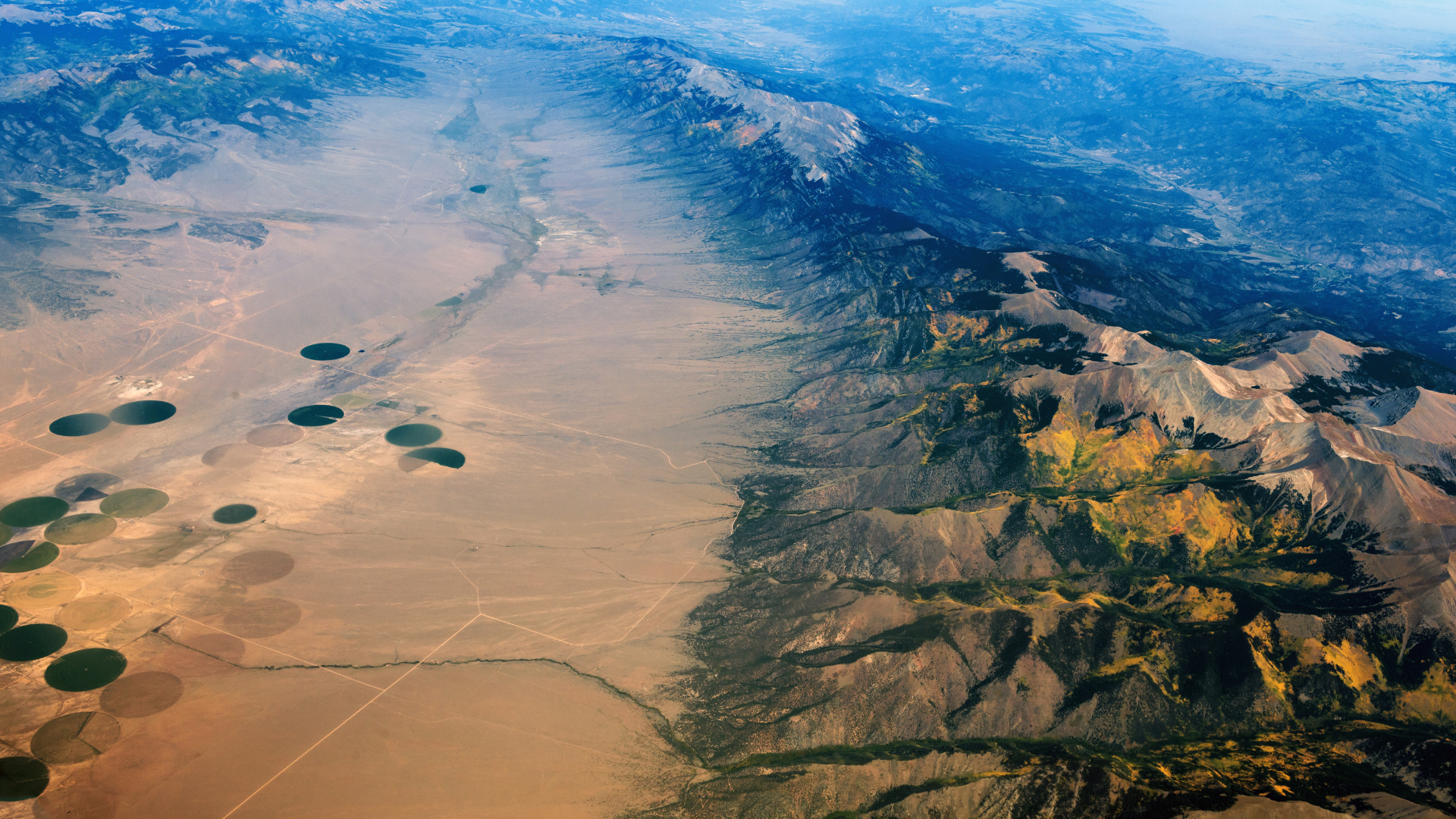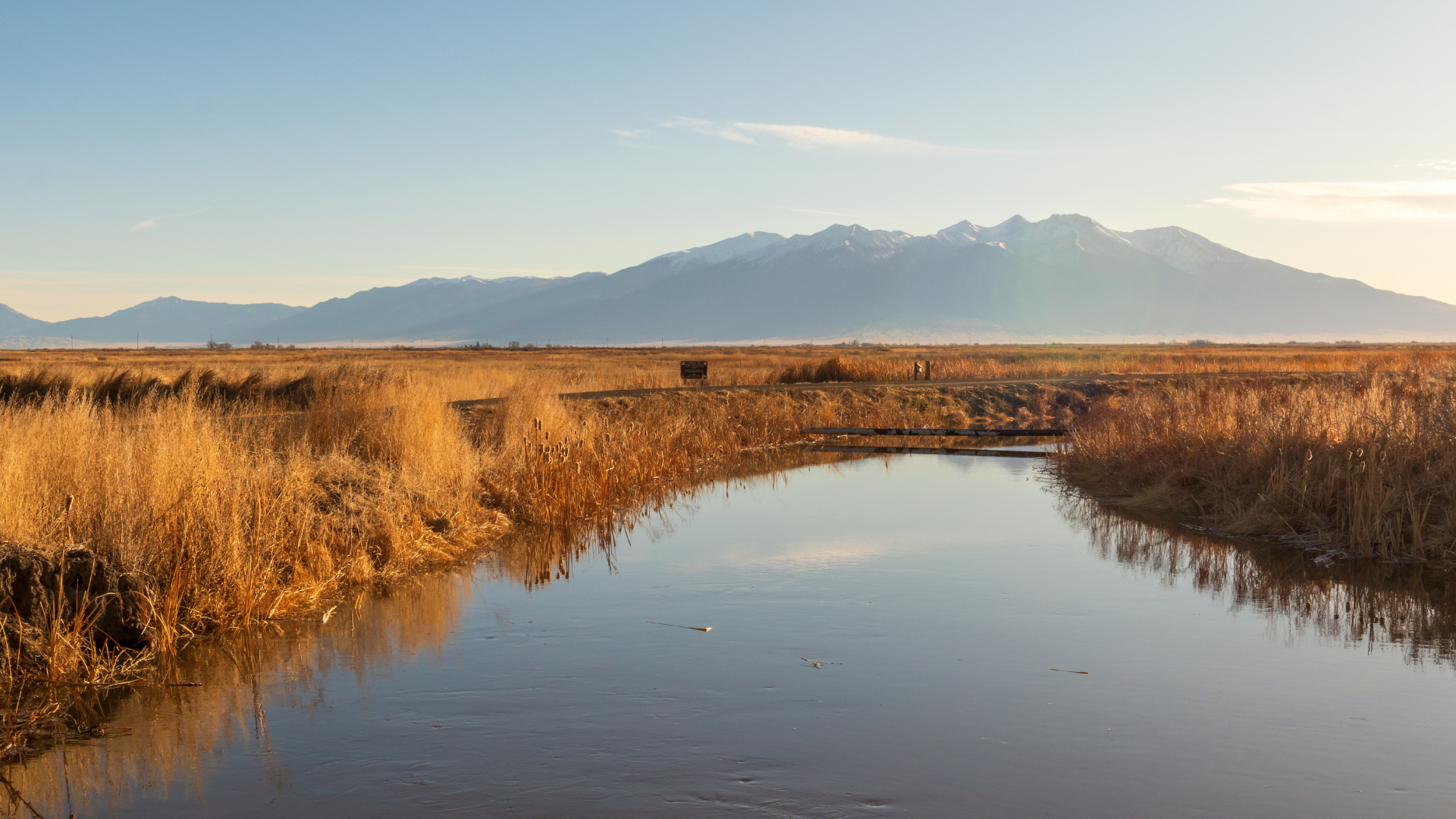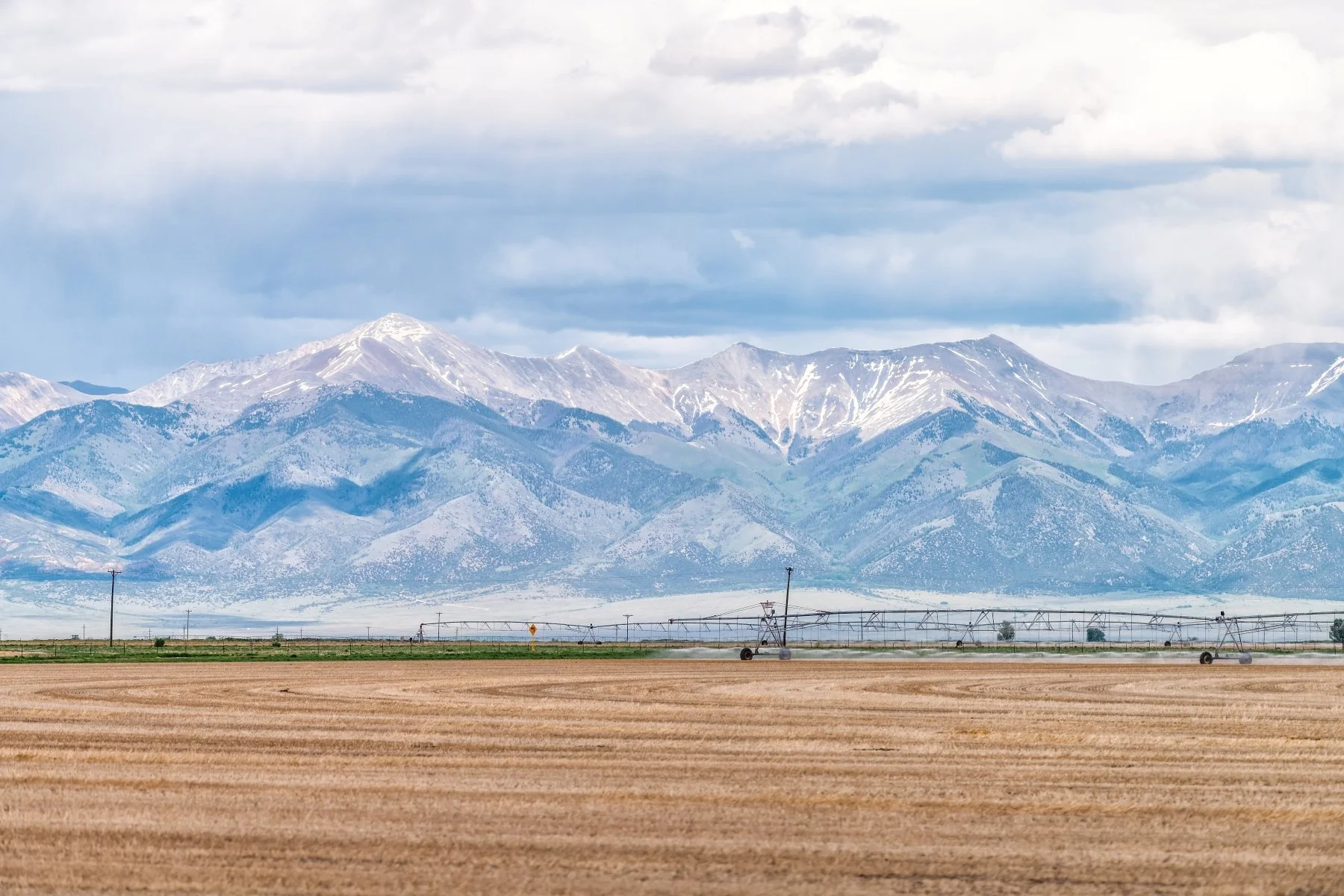
The Place
The San Luis Valley

The San Luis Valley is Unlike Anywhere Else in the World
Colorado's San Luis Valley is the largest high-alpine desert in North America at an average elevation of 7,600 feet. Home to the Great Sand Dunes National Park and Preserve, the valley is bordered by the San Juan and Sangre de Cristo Mountains and receives only 7-10 inches of precipitation each year.
Agricultural
Heritage
Though valley residents comprise a fraction of a percent of Colorado’s population, the area contributes significantly to Colorado’s agricultural productivity, and has been a vibrant agricultural center since before Colorado’s statehood. However, decades of severe drought and climate impacts have diminished San Luis Valley Aquifers. Community conservation efforts have improved the confined aquifer.
However, the unconfined aquifer, which supplies the most productive and intensely irrigated area of the valley, dropped close to the lowest recorded level in history in September 2024.* This vital part of Colorado’s food supply chain now faces a perilous future without new economic and environmental pathways.
Why Rye?
This is where rye comes in. Rye requires about 12 inches of water to grow, where crops such as barley or potatoes require an average of 18-24 inches. This difference is huge in a region that is working to find ways to conserve water in order to balance Rio Grande water use with supply.









